8 Actions for Managing Classroom Conflicts in Young Children
April 1, 2025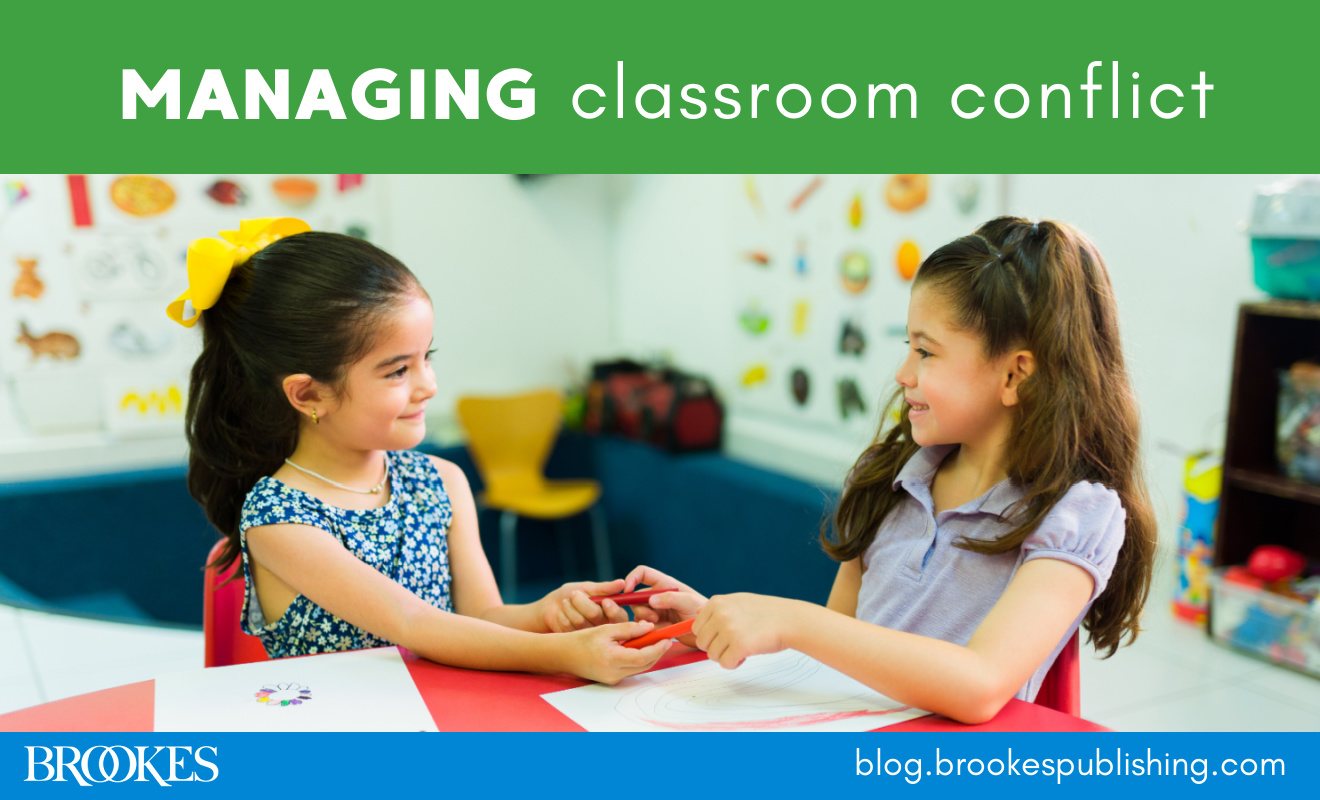
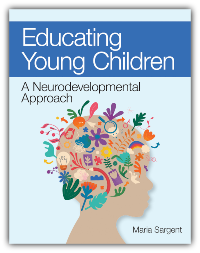 No matter how engaging your lessons are and how welcoming your classroom is, young learners will experience some degree of conflict with their peers. Whether these conflicts are fleeting arguments or actual bullying episodes, addressing these episodes and giving children the tools to resolve them is crucial.
No matter how engaging your lessons are and how welcoming your classroom is, young learners will experience some degree of conflict with their peers. Whether these conflicts are fleeting arguments or actual bullying episodes, addressing these episodes and giving children the tools to resolve them is crucial.
Excerpted and adapted from Educating Young Children by Maria C. Sargent, here are some key actions you can take to address conflict between young children in your classroom:
Increase understanding. Make sure your students understand the definition of a bullying episode. Give examples and describe the actions of the people considered the bully, the victim, and the observer. Have children reflect on the reasons behind each role.
Explore consequences. Help children explore the consequences of actions during a bullying episode. For example, make it clear that an observer has many possible courses of action, including eventually joining in and helping the bully, indirectly reinforcing the bully’s actions, staying outside the action but remaining present (passively being a part of it), and defending the victim. Ask children what the consequences of each choice might be.
Have children brainstorm solutions. Prompt your students to generate solutions for conflict and think about their likely outcome. Ask them to generate secondary and tertiary solutions if the initial attempt did not resolve the issue and/or the person who was supposed to help them did not respond. For example, if their chosen solution was to notify the adult playground monitor, what would they do if the monitor told them to stop tattling and go away?
Provide visual cues and dedicated spaces for addressing conflict. These can include a Peace Rug, Fix-It Corner, or any similar designated space that you can teach children to use when in conflict. Another approach might be a sign you place on the floor to signal negotiations are underway. These visual cues and spaces remind children that they are entering a process they have been taught prior to the conflict, but it also serves as a signal to you that a situation is unfolding and must be monitored. Sometimes these cues are designed to alert the adult in the room as much as the children.
Establish a process. Visual cues and spaces should include prominent reminders of the process to be used in that situation. Simple pictures and/or words should suffice. Include a limited number of steps, such as:
- Everyone gets a chance to speak and all others should listen.
- The solution must be agreeable to all parties.
If a solution can’t be reached, the students should move to a new activity, the toy/material that is being argued over should be placed on your desk (no one uses it), and/or adult help should be sought. Solutions will vary depending on the age group and should be reviewed as possible tools prior to conflicts.
Be sure to also teach secondary skills such as turn taking, use of a timer, creating alternative activities, and other solutions. This will help children learn to resolve conflict without adult direction.
Consider preteaching conflict management skills to your class and link them to chants or rhythms so the repetition and the music-based content will enhance memory. This type of 1-minute reminder can easily be completed prior to outdoor time. Here’s one example:
If someone verbally hurts us . . .
Say okay, then walk away!
If someone physically hurts us . . .
Leave and find an adult!
Map the hot spots. Take time to map the especially challenging areas of the classroom and the school where conflict occurs the most. Determine solutions for those locations, create interventions that will remove issues, and/or provide direct intervention and support to the students who are having the most difficulty managing those locations.
Address underlying issues. Other issues may be part of the conflicts that arise in your classroom. Look out for the following:
- Social contagion (behaviors are spreading)
- Role assignment (student is chronic victim and takes on that role or perception)
- Limited social possibilities (former bully is being ostracized and has no alternative social interaction other than bullying)
- Tendencies to be observers (students always follow the actions of others and are not willing to lead or stand out)
- Creeping aggression levels (increasing over time)
- Reassigning/transforming current role
Looking for more guidance on helping young learners thrive in early education settings? Explore the basic neurological concepts that affect learning and development—and discover specific ways to apply this knowledge to your classroom teaching practices—with the transformative book behind today’s post.

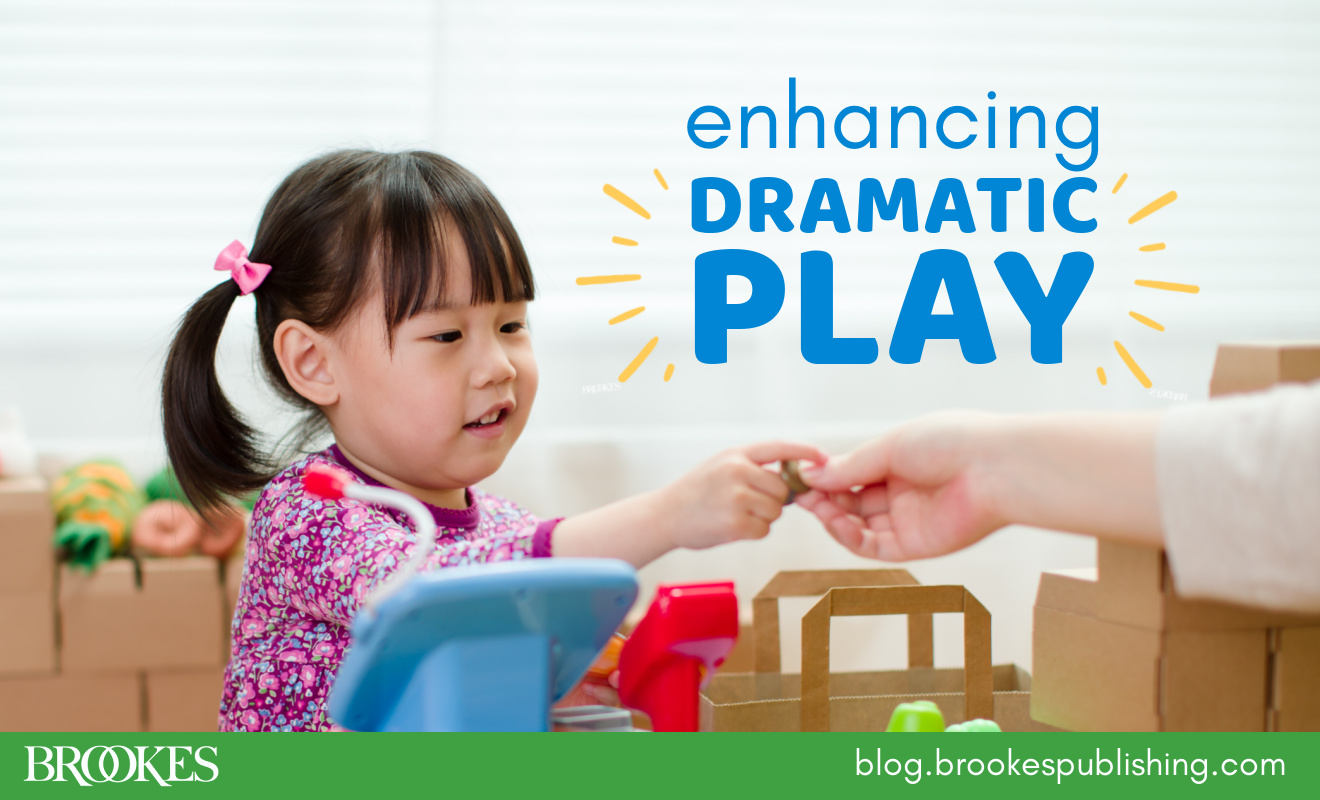
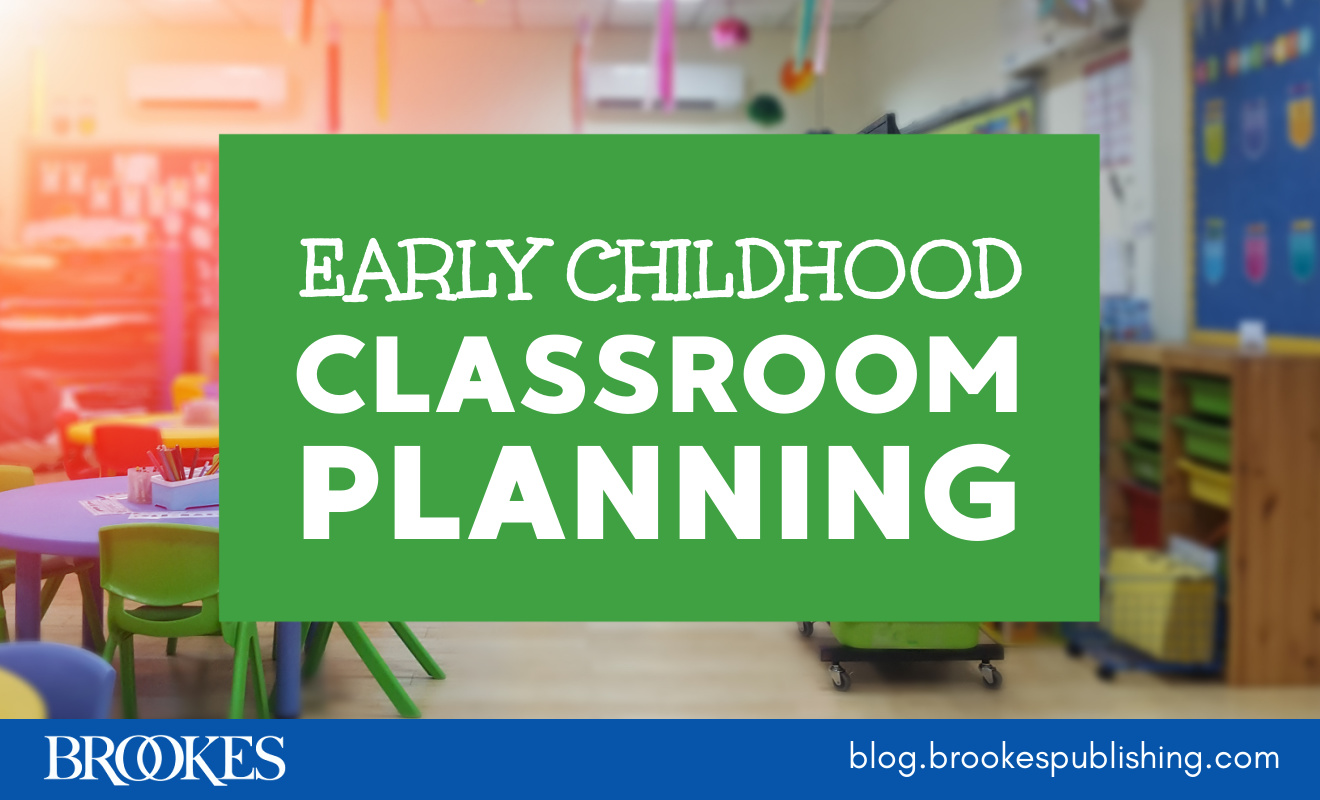
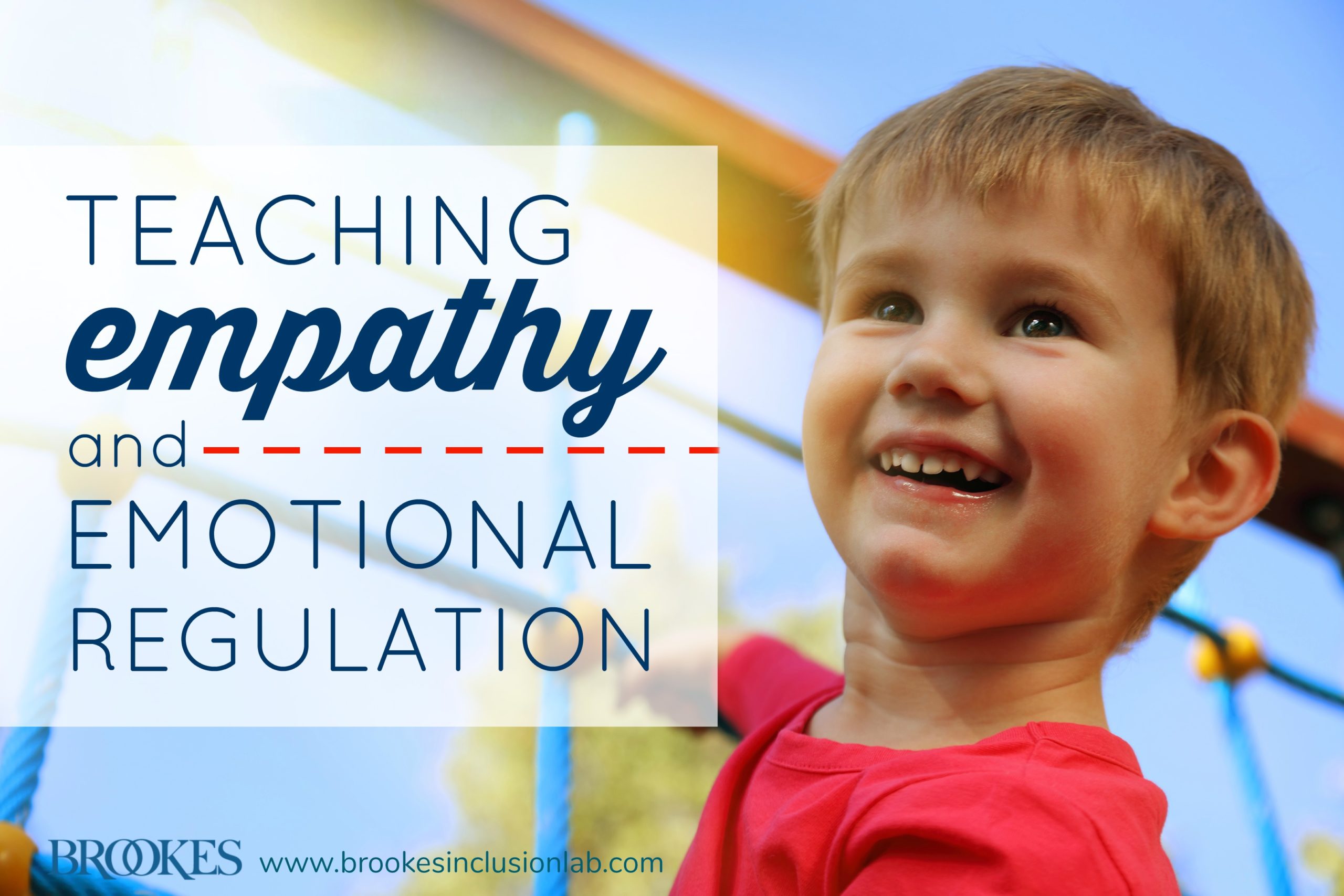
Write a Comment
Your email address will not be published. Required fields are marked *
Post a Comment